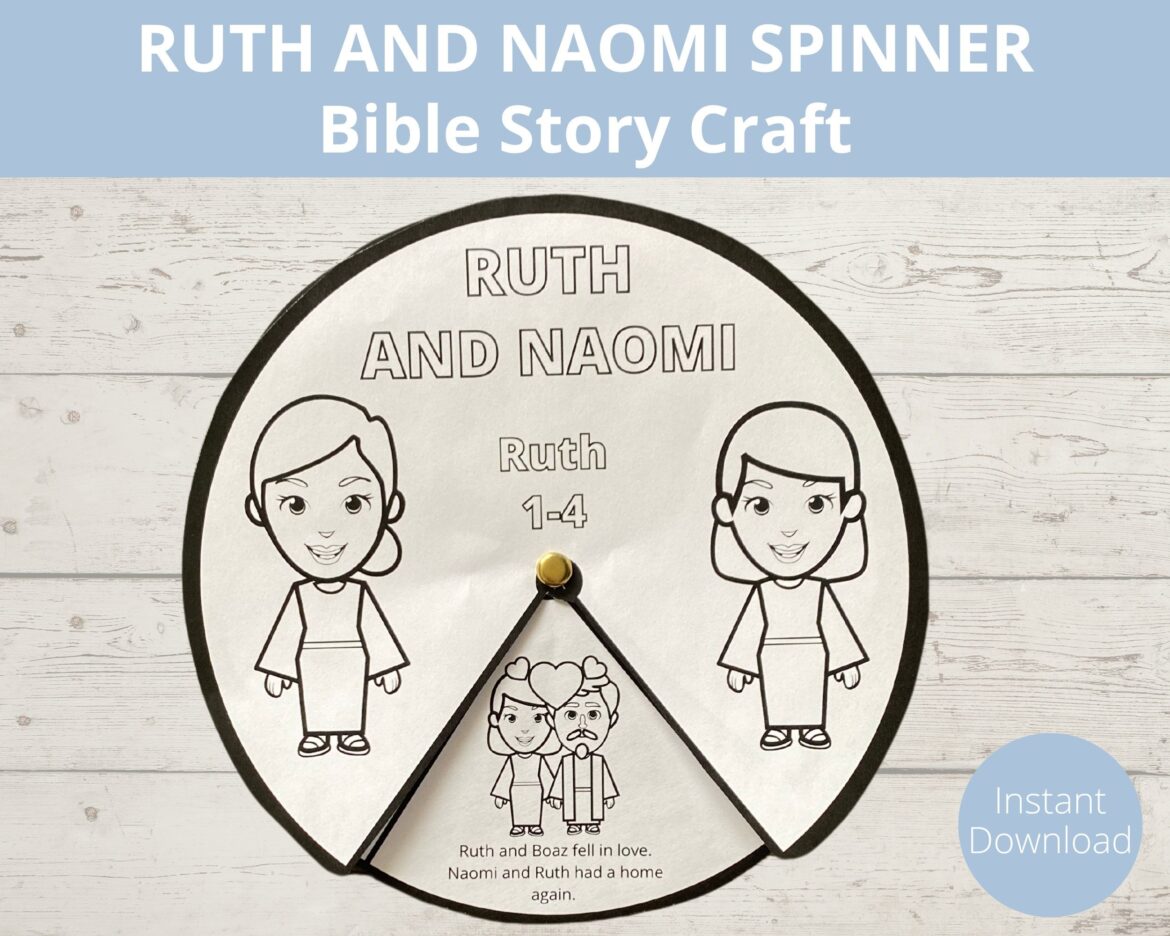In the rich tapestry of biblical narratives, the character of Naomi, Ruth’s mother-in-law, emerges as a paragon of resilience, faith, and unwavering commitment. Her story unfolds in the Book of Ruth, which, despite its brevity, encapsulates profound theological and social themes that resonate deeply within the Christian faith. The legacy of Naomi is multifaceted, weaving strands of loyalty, redemption, and the transformative power of relationships, compelling us to reevaluate the promises we make and the perspectives we hold.
Naomi’s journey begins in the land of Moab, where she relocates with her husband and two sons due to famine in Bethlehem. This initial decision, while pragmatic, sets in motion a series of events steeped in both tragedy and triumph. The narrative deftly highlights the trials faced by Naomi: the death of her husband, Elimelech, and subsequently, the loss of her two sons, Mahlon and Chilion. These losses thrust the once-joyful matriarch into a world of bitterness and sorrow, leading her to claim her new identity as “Mara,” meaning bitter. Here lies the first lesson: identity is often shaped by our experiences, and how we choose to respond to them can redefine our path.
In her grief, Naomi demonstrates a remarkable sense of agency. Returning to Bethlehem, she encourages her daughters-in-law, Ruth and Orpah, to remain in Moab, suggesting an innate understanding of the cultural dynamics of her time. The choice between staying with their mother-in-law or venturing into the unknown encapsulates the tension between loyalty and self-preservation. Orpah ultimately chooses to return to her people, while Ruth, in a powerful declaration, vows to stay with Naomi. This pivotal moment of commitment underscores the depth of Ruth’s loyalty and reflects the fundamental Christian tenet of self-sacrificial love. Naomi’s influence nurtures this loyalty, showcasing her role as a matriarch, whose faith informs her relationships.
As the narrative unfolds, the bond between Ruth and Naomi evolves into a profound testament to the nature of divine providence. Naomi’s guidance remains pivotal as she instructs Ruth on how to glean in the fields of Boaz, a relative of Naomi’s late husband. This act of gleaning not only highlights societal customs but also evokes themes of generosity and community support, reminiscent of God’s covenant with Israel to care for the marginalized. Naomi demonstrates an acute awareness of the cultural contexts surrounding them and navigates them with wisdom, establishing a framework for Ruth to find favor in Boaz’s eyes.
The character of Naomi is multidimensional; she embodies both fragility and strength. In her vulnerability, she opens herself to the grace of God, yet she does so with an acute awareness of her circumstances. When Boaz ultimately redeems Ruth and takes her as his wife, Naomi’s role shifts from one of mourning to celebration. The community rejoices with her as they acknowledge Ruth’s child, Obed, signifying the restoration of Naomi’s hope and lineage. This transition from despair to joy serves as a powerful reminder of resurrection themes that echo through the Christian narrative. Naomi’s legacy is not only one of survival but of thriving within community, thereby illustrating the interdependence of relationships in the divine plan.
Moreover, the narrative of Naomi invites the reader to consider the significance of mentorship and guidance. Her strength lies not merely in her actions but also in her ability to cultivate faith in others. Through her counsel, Naomi empowers Ruth to take bold steps, demonstrating that wisdom often manifests through the shared experiences of generations. Her story evokes curiosity about how such relationships operate within our communities today. Are we, like Naomi, willing to guide others through their struggles? Do we recognize the potential of the younger generations to usher in hope amidst adversity?
Furthermore, Naomi’s journey transcends her own personal narrative. Her experiences resonate with the broader implications of faith in the midst of life’s trials. Her transformation from bitterness to joy embodies the Christian pursuit of redemption. In the figure of Boaz, we see a Christ-like redeemer, who not only saves Ruth but also restores Naomi’s hope. This redemptive arc prompts contemplation about our role in the lives of others. As believers, we are called to be agents of hope and encouragement, much like Naomi, who, despite her anguish, facilitates the flourishing of those around her.
In the grand narrative of Scripture, Naomi’s story is a poignant reminder that God often works through unexpected means and ordinary people. Her legacy prompts a shift in perspective, urging us to embrace both the light and dark of our narratives. Through her profound journey of loss, resilience, and ultimate restoration, we find a model of faith that challenges us to adopt a broader view of hope and community in the Christian faith.
As the story of Ruth and Naomi unfolds, it serves as an exploration of the dynamics of familial ties, the essence of loyalty, and the profound impact of mentorship. Naomi’s life invites us to consider the dimensions of our own relationships, instilling curiosity about the legacy we choose to leave behind. In a world often marked by individualism, her narrative beckons us to cultivate a communal spirit, one that champions the power of shared journeys and collective faith. Ultimately, the legacy of Naomi stands as a beacon, illuminating the path of love and redemption that the Christian faith endeavors to embody.



